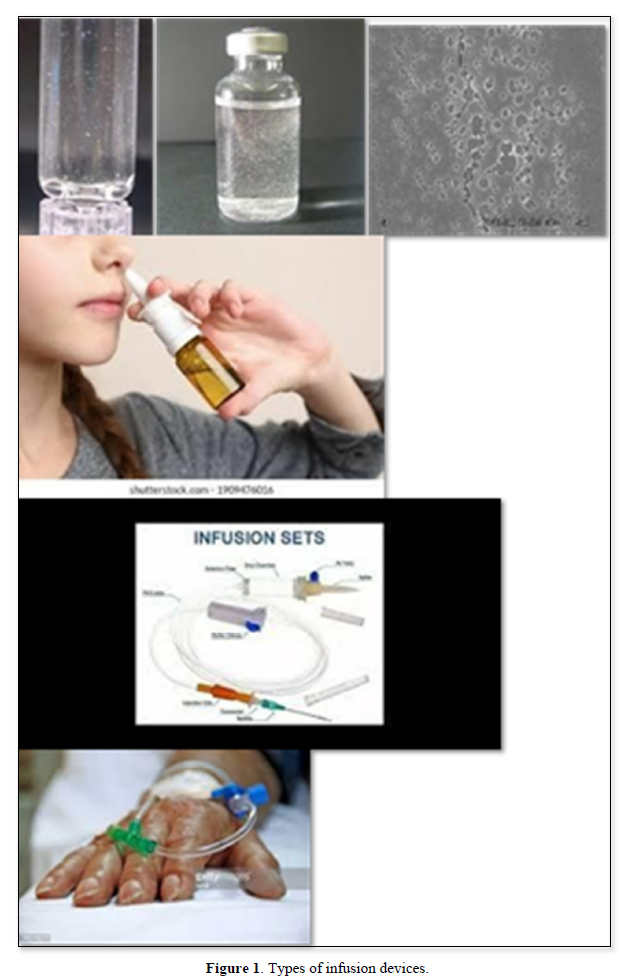5070
Views & Citations4070
Likes & Shares
Presently Packaging plays a significant role for New Drug discoveries. The process of selecting materials and the type of packaging also offers an opportunity for the Packaging scientist to look for new biological delivery choices. Most injectable protein products were supplied in some sort of glass vial, prefilled syringe, and cartridge. That product having high Ph content there is a chance of “delamination “from inner surface of glass vial. With protein- based drugs, the biggest issue is the effect of packaging derivatives on the protein’s three- dimensional and surface structure. These are any effects that relate to denaturation or aggregation of the protein due to oxidation or interactions from contaminants or impurities in the preparation. The potential for these effects needs to be carefully considered in choosing the container and the container closure system to avoid putting patients in jeopardy.
- Formulations with a high pH include phosphate and citrate buffers increase the risk of glass delamination.
- High alkali content in glass could accelerate erosion.
- High temperature during the vial-forming process increases the risk of glass delamination.
- Terminal sterilization (irradiated at 20-40 kGy for 150 min) also is a risk factor for specific products (veterinary parenteral administration), could cause delamination.
- High product-storage temperatures and long exposure times can increase the rate and severity of glass delamination.
- Treating the surface of the glass vials with materials, such as ammonium sulfate or siliconization can reduce the rate of glass erosion.
- Consider alternative sterilization methods only in rare cases.
- The correct specification for the glass to ensure its suitability for the pH of the product.
- Use COC/COP vial




